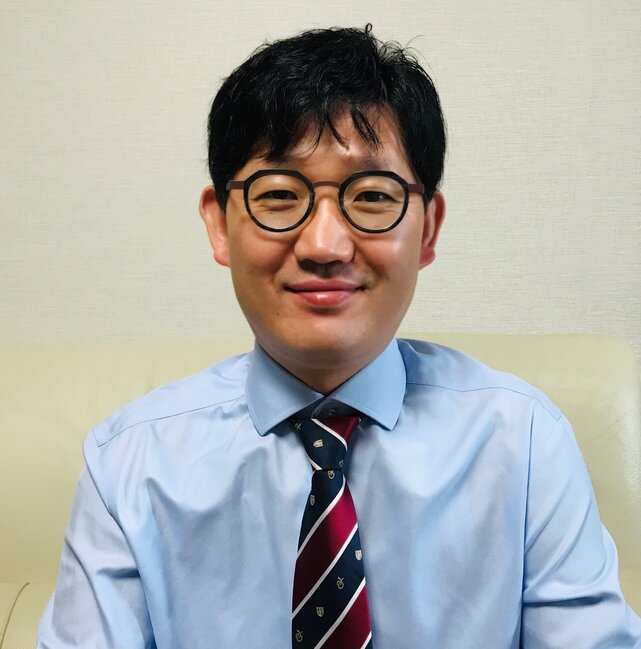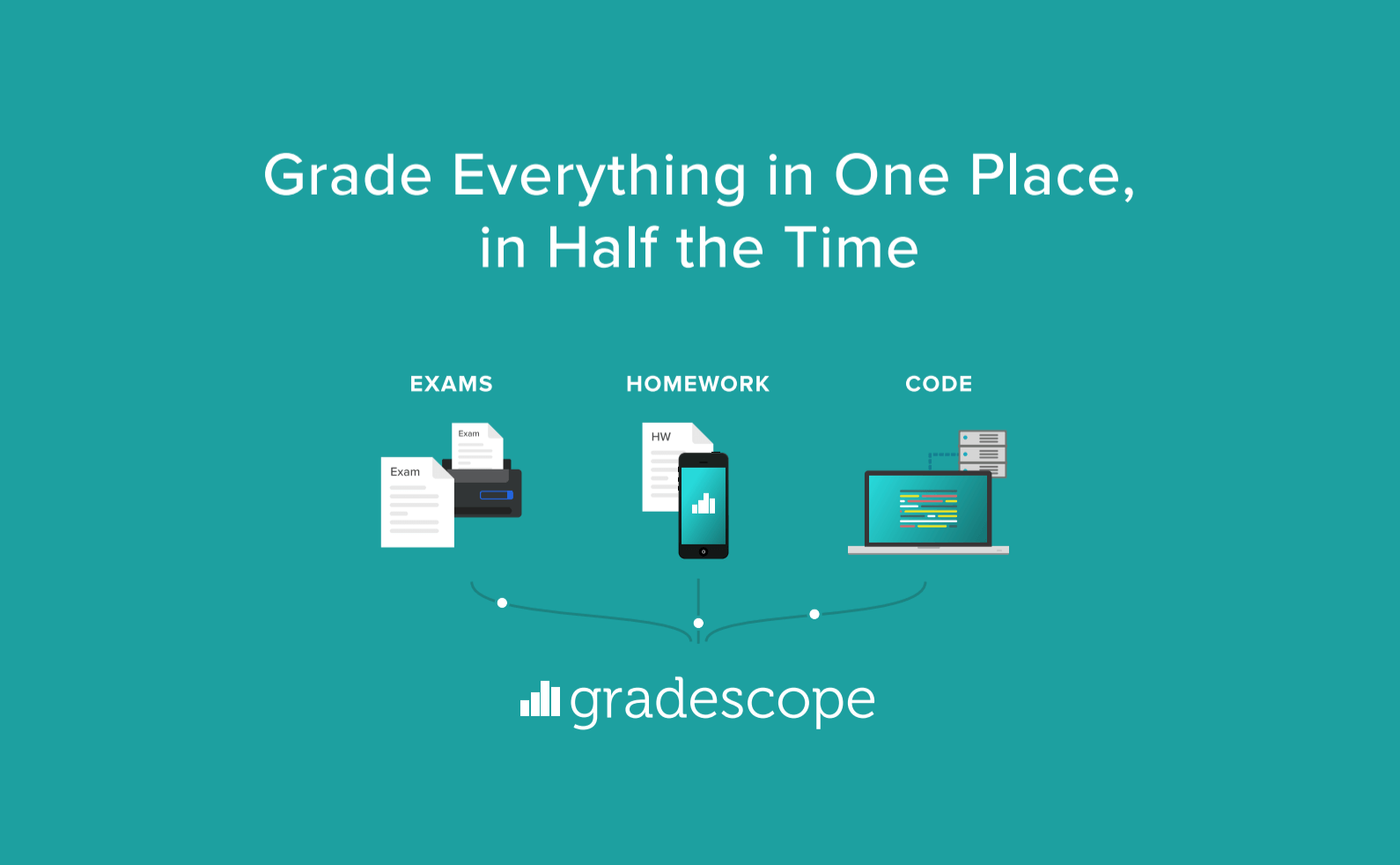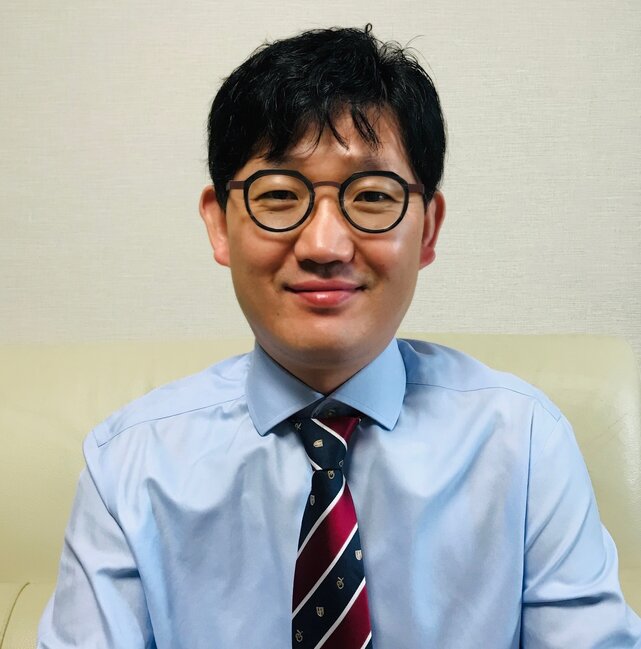Mathematics, along with other disciplines in the STEM field, has been tested by the COVID-19 pandemic, which has become a catalyst for educators in learning to operate within the digital economy. It’s also pushed for progress on the future of STEM delivery, which one could argue is constrained by several overarching factors - flexibility, accessibility and scaling of programs, and grading and formative learning opportunities to improve knowledge outcomes.
The case for expanding STEM teaching capabilities in an online space and the philosophy of ‘grading anywhere, any time’, was picked up by the Gradescope team long before the outbreak of the COVID-19 pandemic and its exposure of digital preparedness - or a lack thereof - in many secondary and higher education institutions. At the simplest level, how do complex, hand-written answers get translated digitally?
And beyond the technical application, we mustn’t forget the practical learning application.
![[Toby_Trewin_1:MEDIASTORE_LEAF]@787c99b9](../assets/images/resources/image-block-images/toby-trewin-1.jpg)
“Grades can be highly subjective, even in STEM disciplines. It’s not just about the solution, but how the student got there. How do you grade a student who arrives at the wrong answer, but clearly communicates their work process in a way that demonstrates ingenuity or creative problem-solving?”
Such considerations have informed the teaching experience for Dr Kiryong Chung, Associate Professor at KyungPook National University in Daegu, South Korea. In this article, he shares his insights on the obstacles to assessing a student's numerical skills and mathematical writing abilities, and how the Gradescope platform has provided the technology and structure required to transform his mathematics-based grading.
Unpacking the challenges of mathematics (and STEM) grading in Korea
Dr Kiryong Chung believes that Korean students entering university are not necessarily equipped with the critical thinking required to tackle mathematics at a university level. He contends that descriptive evaluation is taking place, but in a limited capacity, and on the level of asking for logical answers of mathematical propositions, instead of also interrogating and evaluating the mathematical writing behind it. Students being on the backfoot in this way is just one aspect of a reality in which “there are many obstacles to assessing a student's numerical skills and mathematical writing abilities across science, engineering, and mathematics courses at universities”, according to Dr Chung.

Another layer of complexity is when there is insufficient technological infrastructure to support a comprehensive assessment process, which might be the case when an institutional-level LMS does not cater to the unique grading needs of specific departments and disciplines. As Dr Chung explains, “Domestic LMS providers cannot deliver mathematical/engineering-related expressions as many mathematicians and engineers like myself need them to (type setting, formula inserting, output interface issues, etc.), resulting in limited-level LMS rubrics.”
Further compounding the challenge of grading at a university level, is the time and resources bind when it comes to comprehensive, consistent grading on paper; something Dr Chung observes as ultimately affecting professors’ ability to compensate for learning gaps and improve the quality of the lectures: “It is very time-consuming and cumbersome for lecturers to go through a process of collecting paper-based answer sheets for assessing a student's logical writing ability and giving meaningful and appropriate feedback upon assessment”.
Finally, speaking about the structure of the curriculum in which the semester essentially ends after students take the final exam, he comments on the small window of opportunity for formative feedback, and highlights that “before and after the mid-term exam is actually the only time the lecturer can attempt to give meaningful feedback on students’ work”.
Dr Chung’s journey with Gradescope first began in 2018 with an online referral from fellow mathematics instructors. It was around the same time that he was searching for a system that would improve the feedback loop for students who wanted feedback following exams, but were unsure of how to ask for it directly, in a face-to-face setting.
Dr Chung felt that there had to be a better way for students to communicate with their lecturers and seek clarification on their grades and associated grading criteria, without being bound by a physical classroom. He decided to sign up for a free Gradescope account to test the platform based on the needs of these students, and spurred by encouraging results, soon began using the platform extensively across his entire student cohort.
Unable to pick a single, favourite feature of Gradescope, Dr Chung highlights his three favourite features which solve the common pain points of traditional grading for mathematics educators:
Challenge #1: traditional scoring criteria does not capture the different ways of reaching an answer and does not support partial or changed scoring midway through grading.
Gradescope Solution: automatically converts grading results when the scoring criteria changes
“It can be very difficult for math teachers to set up a scoring criteria because there are usually different problem-solving processes to come to a right or (wrong) answer, and cases where the process is entirely wrong, or only half of it is right. With all these agonies math teachers have, Gradescope has been a great tool to make their problems a lot easier to solve.”
Challenge #2: traditional grading rubrics and scoring do not give sufficient detail.
Gradescope Solution: individual comment functionality for each answer
“Sometimes, I come across student answers that are really great and original. In these cases, I always want to give praise and words of encouragement. Conversely, there are also cases where students get the highest scores according to mechanical scoring, but their understanding of certain concepts looks insufficient. Gradescope’s individual comment function is perfect to address this.”
Challenge #3: Unnecessary amount of time spent on individually grading similar or identical answers across multiple students*
Gradescope Solution: AI-based automatic grouping function
“Especially in the case of (pop) quizzes where the range of student answers is quite limited, and similar, or even identical, the objective of grading is to achieve a minimum evaluation, and improve/adjust the lecture based on the aggregate results. This function of grouping the answers with Gradescope’s AI capabilities, provides a complete solution to save time.”
*Before Gradescope, it took Dr Chung 3 hours to grade 30 students’ pop quiz answer sheets and 8 hours to grade 30 students’ exam answer sheets. Using Gradescope, it now takes him only 1 hour to grade the pop quiz answer sheets, and 2 hours and 40 minutes to grade exam answer sheets for 30 students.
The impact of Gradescope
Reflecting on the value of Gradescope and the impact beyond day-to-day teaching output and efficiencies, Dr Chung points to the formative feedback which makes a difference in his student’s academic lives: ”I think the biggest impact Gradescope has had on me is that I now have a powerful weapon for communicating with my students”. He also appreciates the transparency of Gradescope and how it strengthens student’s understanding of the grading process: “with Gradescope, students can see scoring criteria lecturers set and the index of partial scores, and know where their answers fall, resulting in less complaints or disbelief. I have far less complaints or questions from students about their grades after using Gradescope.”
Dr Chung laments that prior to the implementation of Gradescope, minimal analysis of student learning trends was conducted before final exams were taken or final credits were applied, due to how time-consuming it was. He is grateful that the platform gives time back for reflective practice ‘on the fly’ to improve his teaching delivery: “I can now overview the level of difficulty of each question for my students and the length/quantity of solving processes while analysing templates I used, and think about ways to improve for next time.”

When asked the likelihood of recommending Gradescope to his colleagues, Dr Chung’s answer is a resounding yes: “of course [I would recommend it]. In the case of large courses, I would emphasise the remarkable efficiency Gradescope brings when we team-teach or team-grade student papers. It’s a relief that teaching aides don’t need to meet with professors face-to-face to accomplish this”.
The utility of Gradescope in a remote learning environment has been especially clear in the current climate, as universities consider the case for ongoing online and blended learning. Dr Chung feels Gradescope has helped immensely during the sudden shift to wholly online learning delivery, and provided him an advantage over other professors who didn’t have such capabilities in place: “I feel honoured and lucky to have gotten myself familiarised with Gradescope prior to this remote world caused by COVID-19” says Dr Chung.




